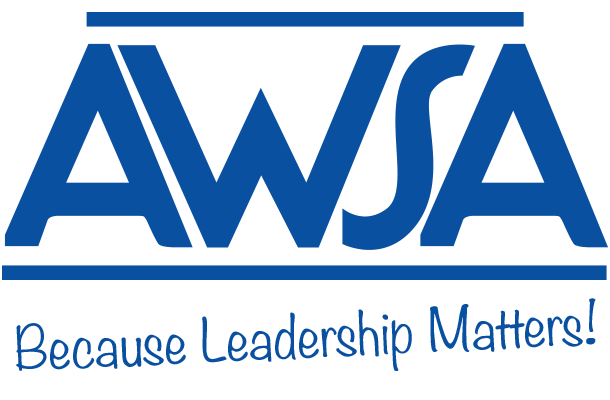Tips for Taking Action with Tech-Friendly Interventions
by Monica Burns, Ed.D. Collecting formative assessment data is an essential part of a teacher’s day, but it is critical to consider what happens next. Formative assessment data should be actionable and give educators information they can use to inform future instruction. There is no point in gathering data if we’re not going to use it, and carving out time to analyze data is crucial. Assessing Students With a Call to ActionAfter reviewing formative assessment data, we can pair our analysis with an action item for students. These interventions can take a variety of forms and are responsive to the needs of students captured in a formative assessment. EdTech Essentials: AssessBelow is an excerpt from p. 68 from my forthcoming publication EdTech Essentials: The Top 10 Technology Strategies for All Learning Environments. You can learn more about the book on this page.
The assessment data you collect can help you design more personalized learning pathways for students. Author Eric Sheninger joined me for a conversation about remote learning in an episode of my Easy EdTech Podcast (Burns, 2020b). He spoke about “focusing on elements of voice and choice, path, pace, and place.” When collecting assessment data in a traditional classroom setting, we think about gathering resources and developing interventions for students. In a digital space, we can also dis- tribute curated resources to students based on the data we collect. This process could include creating collections of books for students within a tool such as Epic or sharing a link to a supporting tool such as the web apps from the Math Learning Center.
Taking action on formative assessment data might include a pivot in your instruction to change the series of lessons or activities you had orig- inally planned for the whole class. This pivot provides an opportunity to reteach a strategy, review past content, or provide relevant examples to help students better understand a concept or an idea. In response to the formative assessment data you review, you might share with your students a video tutorial on Khan Academy or an explainer video from BrainPOP. Your pivots for a whole group might include the distribution of these resources for students to examine together as a group or to review on their own to prepare for future discussions.
After collecting formative assessment data, your action items might also include interventions for individual students or for small groups to address common needs. For an individual student, you might share a screencast you made with a tool like Loom or Screencastify to help them explore an idea or spotlight a particular helpful resource. If a few students have demonstrated a common need, you might share a link to an article with those students by posting it just for them in a common space such as Google Classroom or Microsoft Teams. In either case, digital spaces make it easy to share a supplemental resource with any students who may benefit. A simple copy-and-paste of a link in an email to a student or in a common space in a learning management system can quickly get a supporting resource into their hands. Building an Actionable Formative Assessment PracticeDigital tools can help facilitate formative assessment routines and make the process of analyzing data more efficient. An actionable formative assessment practice can include:
As you strengthen formative assessment in your classroom, school, and district, developing a practice around action taking is critical. Monica Burns will give a keynote session on "Tasks Before Apps: Designing Rigorous Learning in a Tech-Rich Classroom" at this year’s 2021 SLATE Convention taking place December 6-8, 2021 at the Kalahari Resort in the Wisconsin Dells.
|
